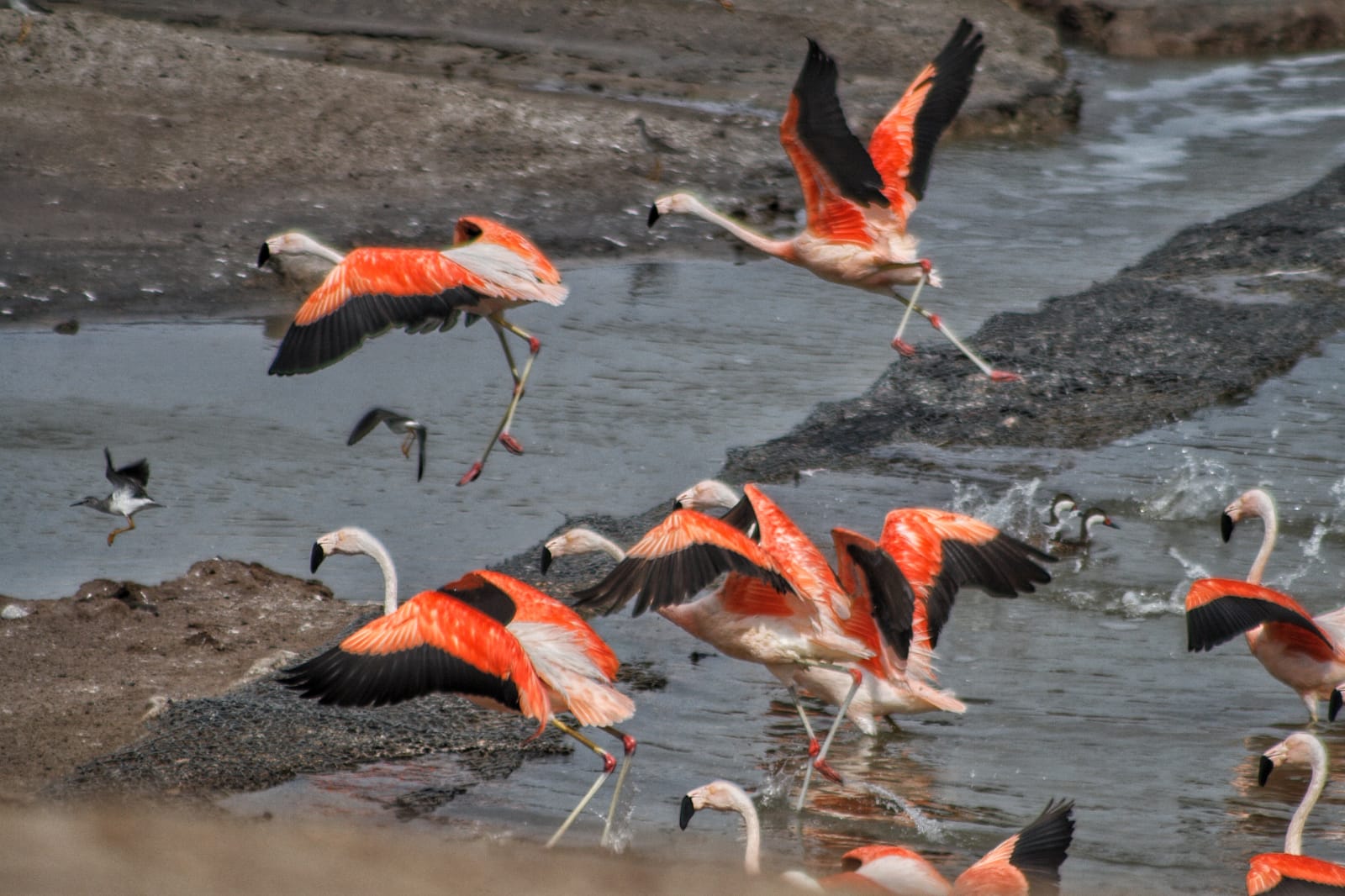From January 26th to February 6th, the COA Ñandú, in collaboration with Aves Argentinas, carried out a census of shorebirds in the province of San Luis to evaluate populations and threats they face.
The Villa Mercedes Birdwatchers Club, known as COA Ñandú and associated with Aves Argentinas, participated in a twelve-day simultaneous international census. They extensively toured both natural and artificial water bodies, including lagoons, river banks, and the Ramsar site of Lagunas de Guanacache, Bebedero, and Desaguadero.
Importance of simultaneous shorebird census
The simultaneous census of shorebirds is an essential tool for their conservation. By being conducted in various locations at the same time, it provides a complete and accurate view of the state of their populations, the threats they face, and long-term trends.
These data are crucial for developing effective conservation strategies and making informed management decisions, in collaboration with the Secretariat of Environment and Sustainable Development.

The Ramsar Site Lagunas de Guanacache: a refuge for shorebirds
This wetland, internationally recognized, is the most extensive protected natural area in San Luis (421,688.9 hectares), shared with the provinces of Mendoza and San Juan.
It is a true sanctuary for birds, especially migratory shorebirds, such as flamingos. The rich diversity of habitats, including lagoons, marshes, grasslands, and beaches, provides them with food and shelter during their migrations between breeding and wintering sites.
Shorebirds are a diverse group of birds that depend on wetlands for their survival. Many of them are migratory, traveling thousands of kilometers between their breeding and wintering areas. They play a crucial role in coastal ecosystems, controlling insect and other invertebrate populations, and their presence indicates the health of wetlands.
Threats and conservation efforts
Unfortunately, these birds face numerous threats, such as habitat loss due to agricultural and urban expansion, pollution, climate change, and hunting. The decline in their populations would have negative consequences for biodiversity and ecosystem health.
Nicolás García Del Castello, head of COA Ñandú, emphasized: “The voluntary tasks we carry out aim to generate useful information for the conservation of species and habitats, and also to raise awareness about the faunal resources we have in the province. We recommend the proper use of spaces, reducing waste, not bringing pets or doing so on a leash where allowed, respecting, and above all, not disturbing the birds resting on the shores.”
Have you visited our YouTube channel yet? Subscribe now!

